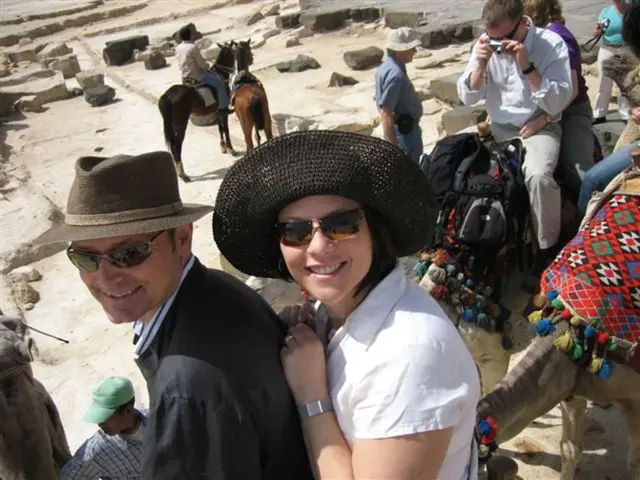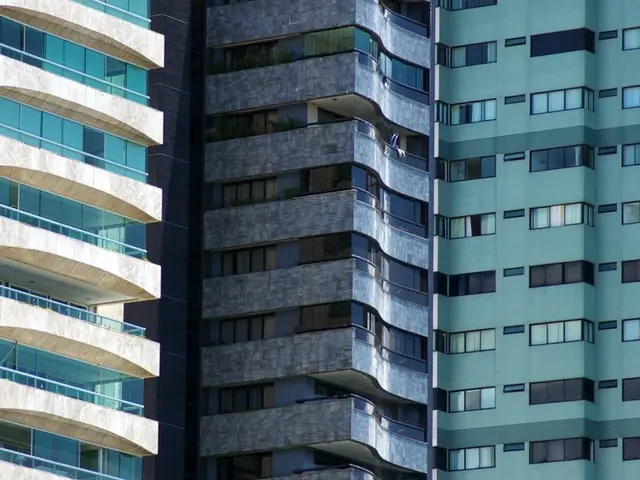Thai Military Dispatches F-16 and Gripen Jets Along Border Due to Imminent Threat, Claiming Action is Defense Measure
Thai-Cambodia Border Tensions: Royal Thai Air Force's Intervention
In a bid to safeguard national sovereignty and establish strategic conditions for peace negotiations, the Royal Thai Air Force (RTAF) recently deployed F-16 and Gripen fighter jets along the Thai-Cambodian border. The operations, which took place between 24th and 28th July 2025, were conducted under a joint tactical plan and involved ground support missions, precise strikes on military targets deemed a threat to Thailand's security.
The RTAF's spokesperson, Air Marshal Prapas Sornjaidee, confirmed the operations from the RTAF Headquarters on Tuesday (July 29). The mission's success, according to the spokesperson, was due to systematic readiness, including rigorous training, integrated joint command and control systems, and seamless data linking with the RTAF Operations Centre.
Advanced intelligence systems and technology were utilised for assessments, leading to the destruction of enemy weapon depots and combat control centres. The operations were carried out both day and night, with the RTAF providing continuous support to the Royal Thai Army throughout this period.
The RTAF extended gratitude to all sections of the public for their trust and support during this crucial period. The operations were conducted under the clear message, "Air Force Stands Firm for Thailand: The Royal Thai Air Force Supports Joint Operations, Protects Thai Sovereignty - Creates Conditions for Sustainable Peace."
While the Thai-Cambodia border remains tense, the US Ambassador to Malaysia has urged both countries to uphold the ceasefire. It is important to note that the application of Article 51 of the UN Charter, which affirms the inherent right of individual or collective self-defense, requires stringent conditions: an armed attack triggering self-defense rights, necessity and proportionality of the response, and reporting to the UN Security Council. However, there are no publicly confirmed official statements or Security Council reports to indicate Thailand formally invoked Article 51 citing armed attack or self-defense in this case.
Related tags for this paragraph are Thailand, Cambodia, Royal Thai Air Force, border, tension, conflict, self-defense.
[1] United Nations Charter, Article 51. [2] International Law Commission, Articles on State Responsibility, Article 51. [3] Caroline Case (1837), an influential case in international law interpreting the right to self-defense. [4] Anticipatory Self-Defense, Stanford Encyclopedia of Philosophy.
- The international community, including the United Nations and the International Law Commission, have established principles that govern self-defense in times of conflict, such as Anticipatory Self-Defense and the Articles on State Responsibility.
- With increasing tensions along the Thai-Cambodian border, it may be crucial for both nations to understand these international laws, especially Article 51 of the UN Charter, which pertains to the inherent right of self-defense.
- As the aerospace industry plays a significant role in modern defense tactics, advanced technology and finance are essential for maintaining peace and fostering strategic relationships in the international industry, including those between entities like the Royal Thai Air Force and potential allies.








